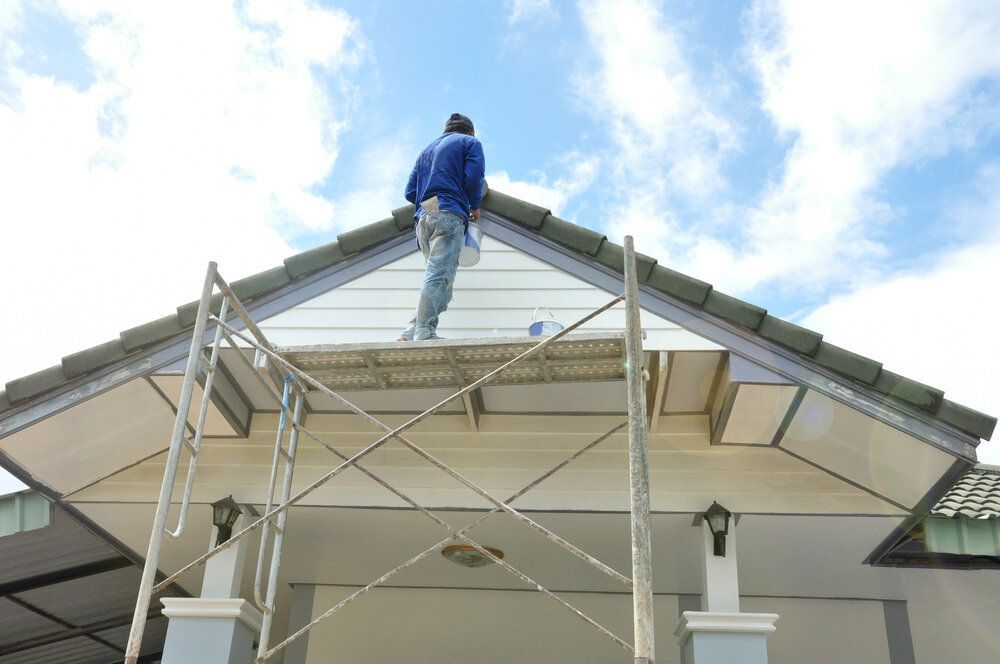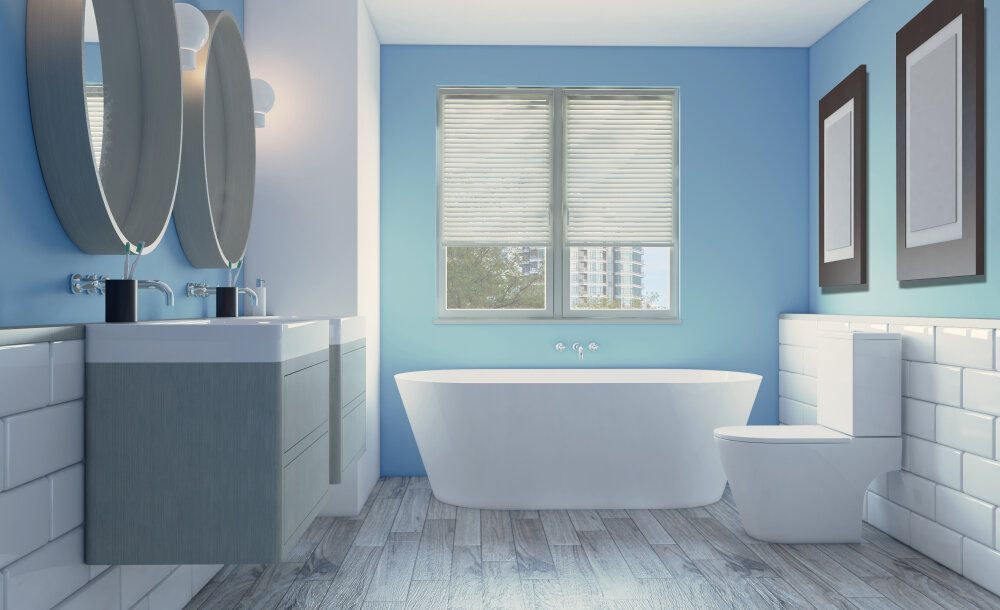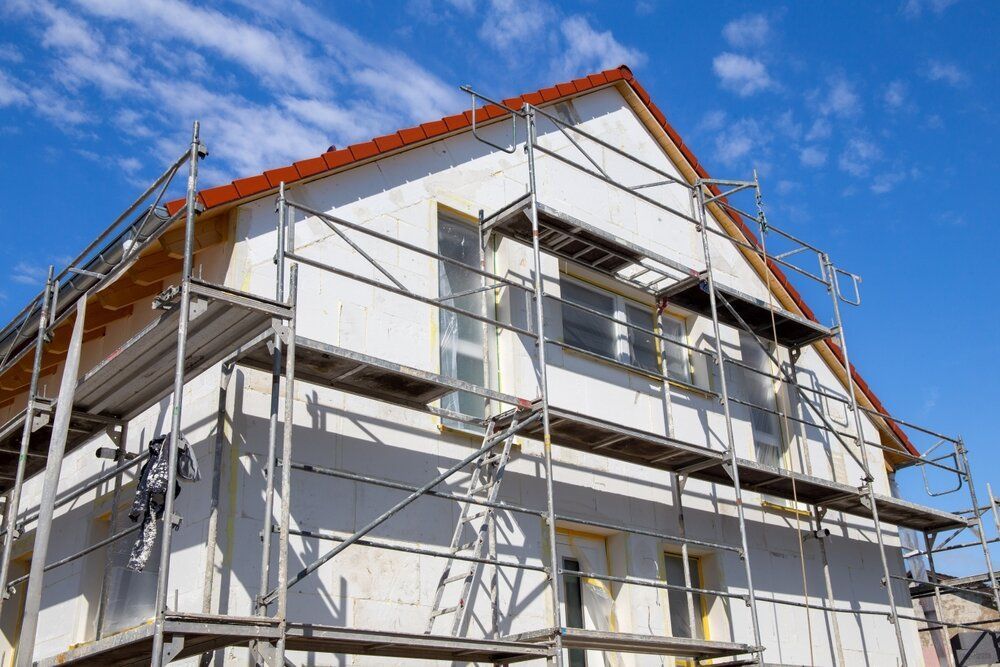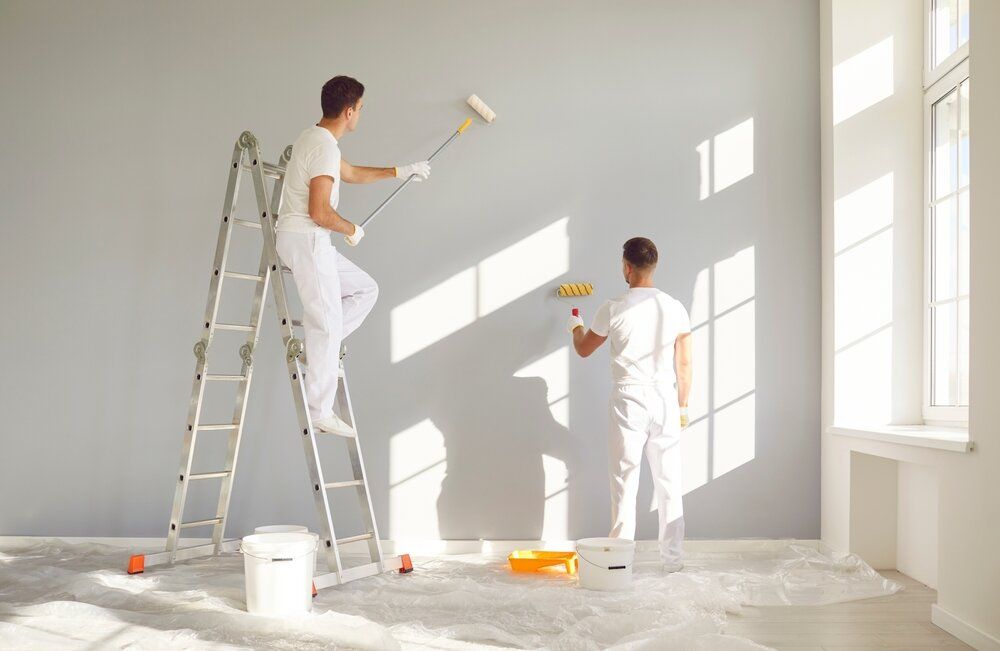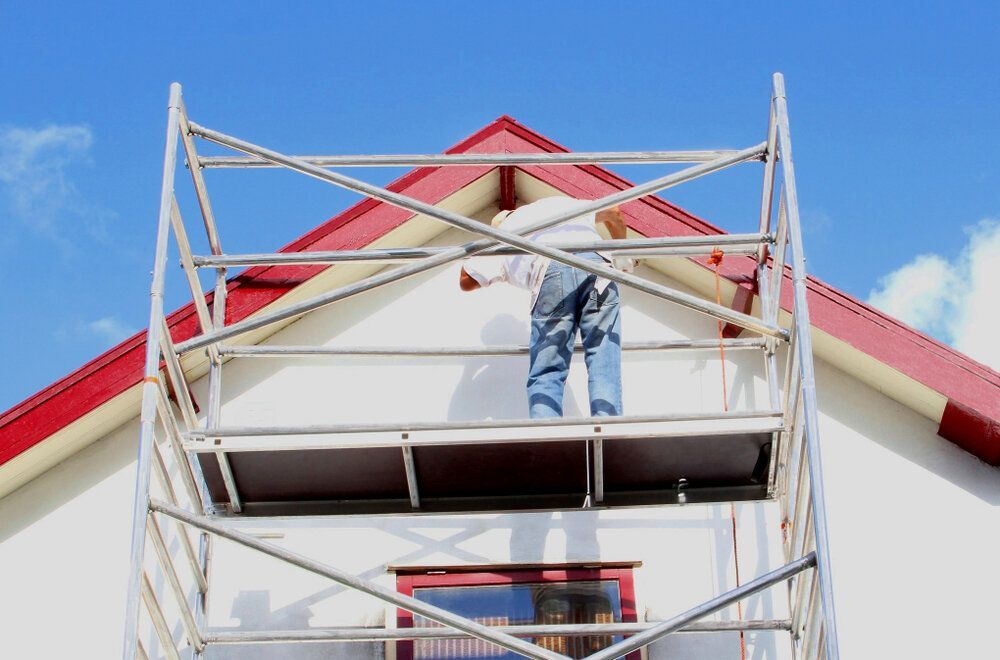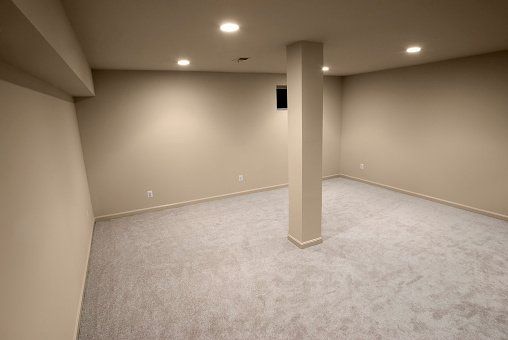Non-Peeling Stain vs Peeling Stain: What's The Difference?
Non-Peeling Stain vs Peeling Stain: What's The Difference?
As a company that focuses primarily on deck and fence staining, we have a lot of experience working with all different kinds of stains in the Ottawa area. To oversimplify it, stain can be broken down into two categories; peeling, and non-peeling. The difference between the two is pretty self-explanatory, but we will look deeper into the benefits and drawbacks of each, and then help you decide which stain to use on your next staining job.
What Makes A Stain Peel?
To start off, we need to identify what makes a stain peel. Any stain that forms a barrier overtop of the wood is what we call a mask-filming stain. Usually, this stain is water/acrylic based. These stains over time lose their bond to the wood and will flake and peel off, often reminiscent of how paint acts. When wood expands and contracts, which it does a lot in Ottawa thanks to the severe weather changes we experience, a mask-forming stain struggles to adjust and will end up flaking off of the wood over time. Moisture buildup, especially for a prolonged period, is even tougher on a mask-forming stain. If the stain stays wet for too long, it loses its integrity and will wash off, leaving bare spots and flakes of stain all over your deck. Ottawa weather is very tough on these stains, especially on decks, because snow will usually sit on the stain for months at a time, keeping the stain wet. Below is a picture of a stain that has started to peel.
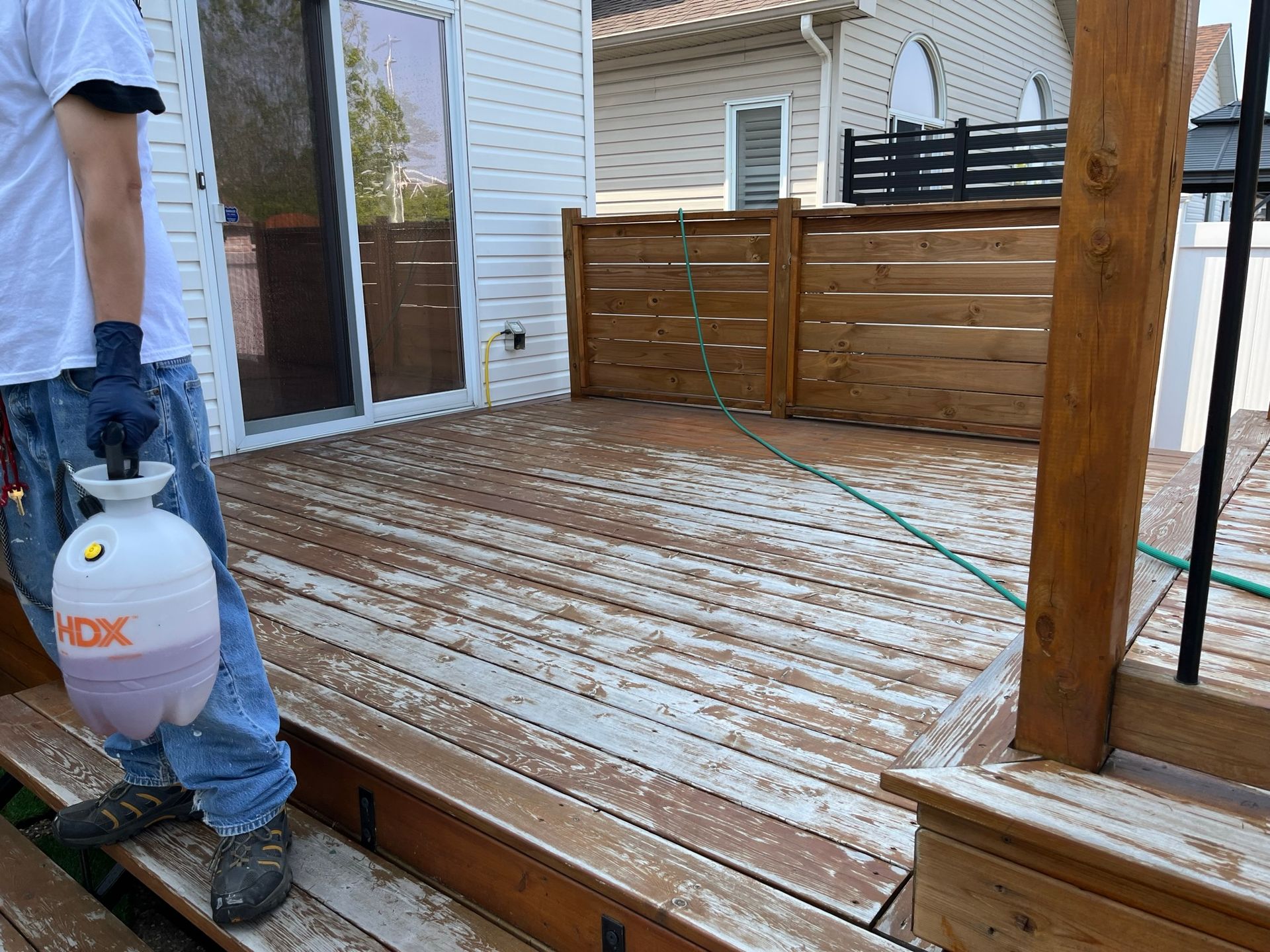
What Is A Non-Peeling Stain?
A non-peeling stain is a stain that penetrates into the wood rather than forming a mask around it. Typically this stain is oil-based. Rather than peeling over time, this stain will fade. Unlike a mask-forming stain, which struggles in wet and humid environments, a penetrating stain is much less affected by these conditions, meaning it holds up significantly better to the weather we get in Ottawa’s winters.
How Often Is Maintenance Required For Each Stain?
Maintenance is needed for both types of stains, but the type of maintenance and what that maintenance involves varies. A deck with a mask-forming, aka peeling, stain will likely need maintenance on a yearly basis. This will include sanding off all peeling stain and then re-applying another coat on top of the deck. A fading stain will need maintenance every ~3 years. This maintenance includes a quick wash and then re-application of the stain, but no sanding will be required.
What Is The Drawback Of A Penetrating Stain?
So far, it seems like all the major drawbacks have been against mask-forming stains rather than penetrating stains. While I do think peeling stains have way more drawbacks, and I am biased towards penetrating stains, there are a few cons to them. First, in a shaded area where moisture builds up, like under a tree, or next to plants, penetrating stains are prone to build up more moss, algae, and other organic growths. This can mean that a deck gets slippery when it’s wet, and maintenance may be more frequent compared to a drier, uncovered area. They also don't do as great a job protecting against UV rays as their peeling counterpart does.
When Would A Mask Forming Stain Be Better?
Although I recommend a penetrating stain more often, especially with the weather we get in Ottawa, there are a few instances where I’ll recommend a mask-forming stain.
- A mask-forming stain may often be a great choice for a fence. Unlike decks, water and moisture don't pool up on a fence nearly as much. Because of this, you can usually get a longer life span out of each coat compared to a penetrating stain. This means less frequent maintenance. It is not uncommon to get longer than 5 years of life from a mask-forming stain on a fence, even with Ottawa’s weather conditions.
- When up-front cost is a factor, a mask-forming stain may be your best bet. While it won’t last as long on decks, there is less prep work needed to apply this type of stain, and as such is often less expensive to apply.
- If colour is a main priority, then a water-based mask-forming stain will give you significantly more options to choose from. As long as you are prepared for the more frequent and costly maintenance, this type of stain gives you much more freedom to get the look you want.
- When you have an old deck or fence and want to extend its life as much as possible, a mask-forming stain may be your best option. It will cover more imperfections, and it can be applied to wood that may be too old to apply a penetrating stain on. Since this is often the last stage before replacing an old deck or fence, maintenance isn’t as much of a concern as it would be if the deck was in great shape.
Appearance Differences
Aside from the technical differences between mask-forming and penetrating stains, there is also a noticeable difference in how they look. Mask-forming stains have a more “painted” look, while penetrating stains give the wood a “hydrated” or “wet” appearance. Ultimately, it all comes down to personal preference which you prefer, as they both can look great!
Are you looking to get your deck or fence stained in the Ottawa area? If you're looking for a deck or fence staining company, contact us for a free quote!
Get A Free Painting Estimate




